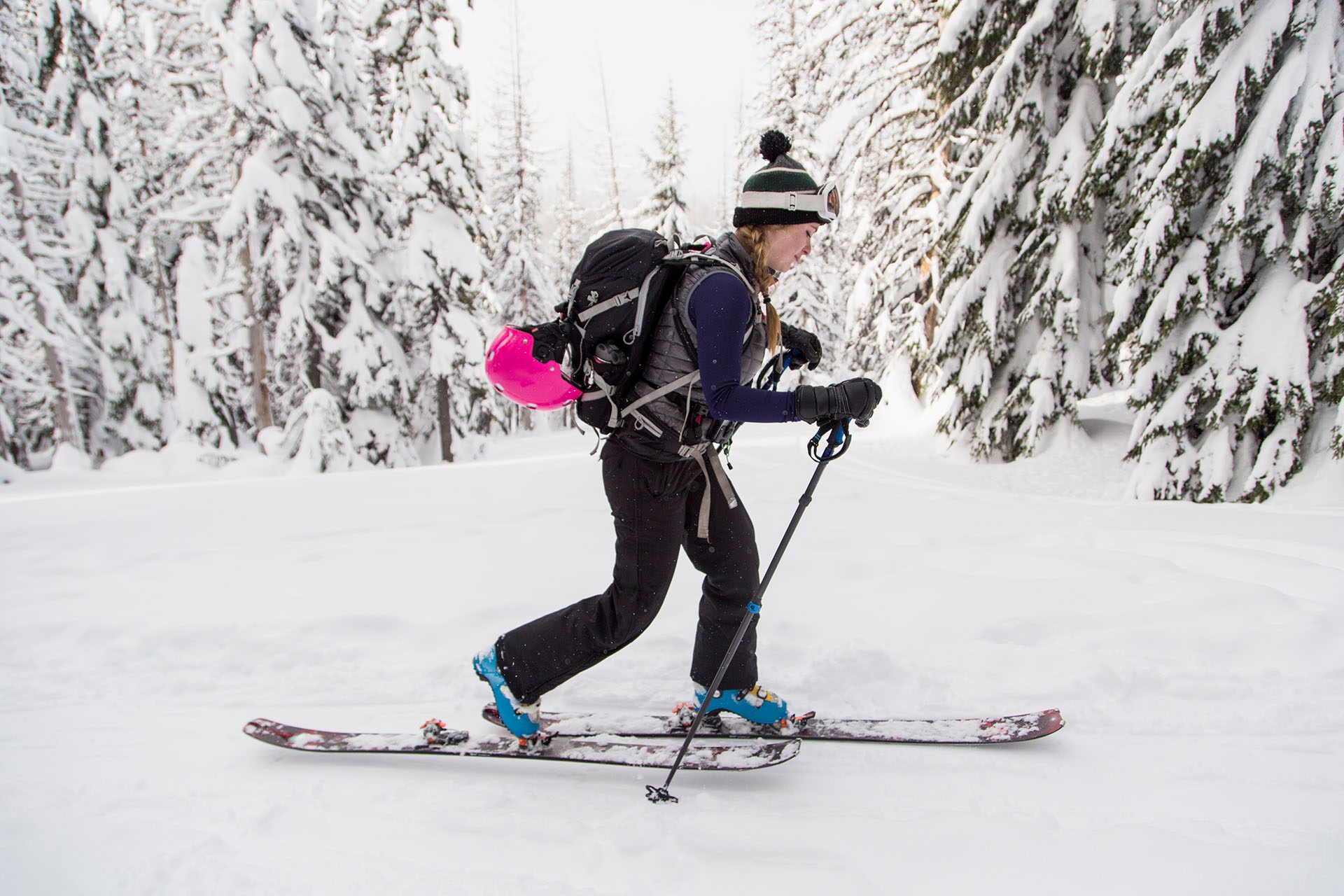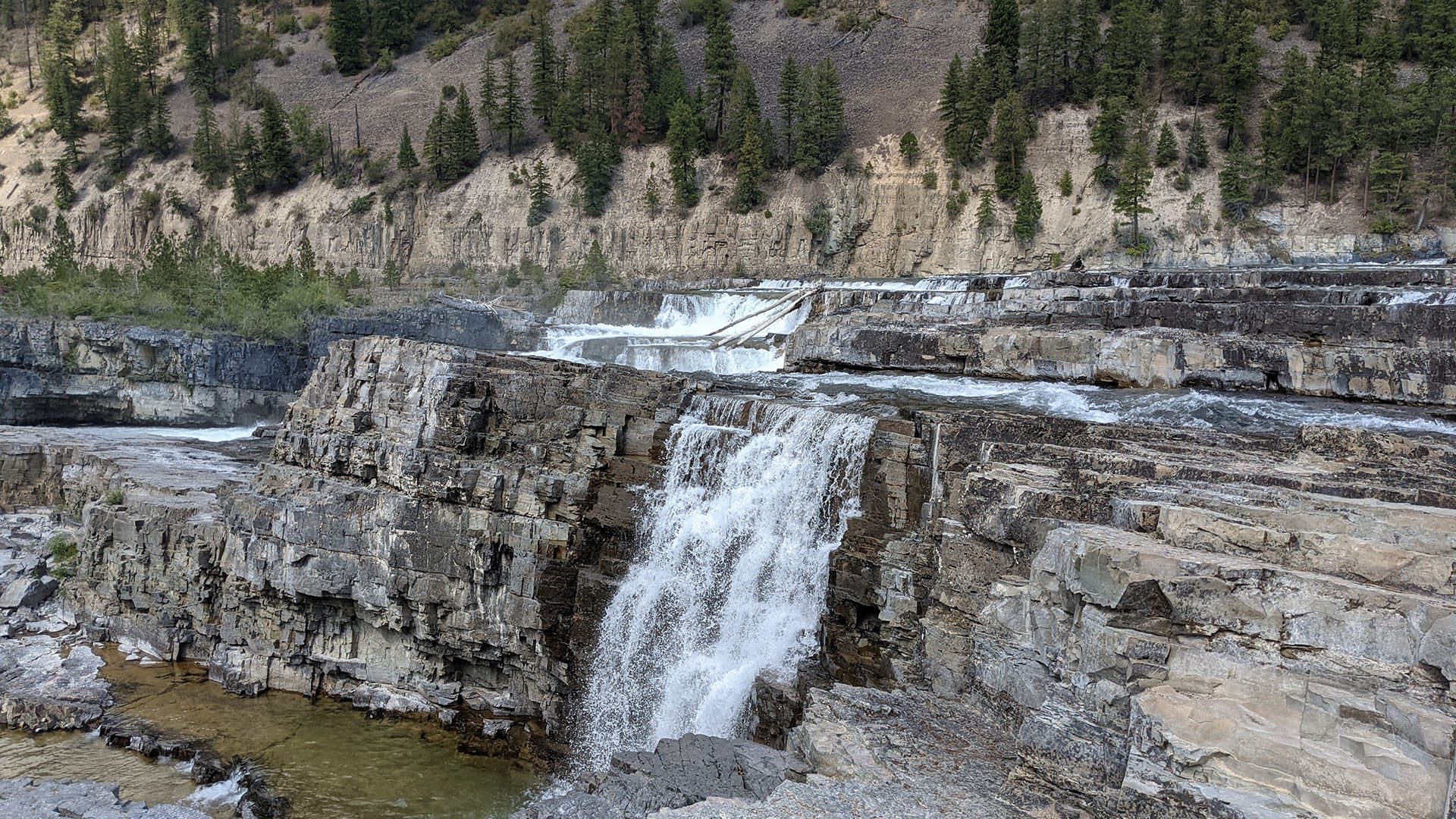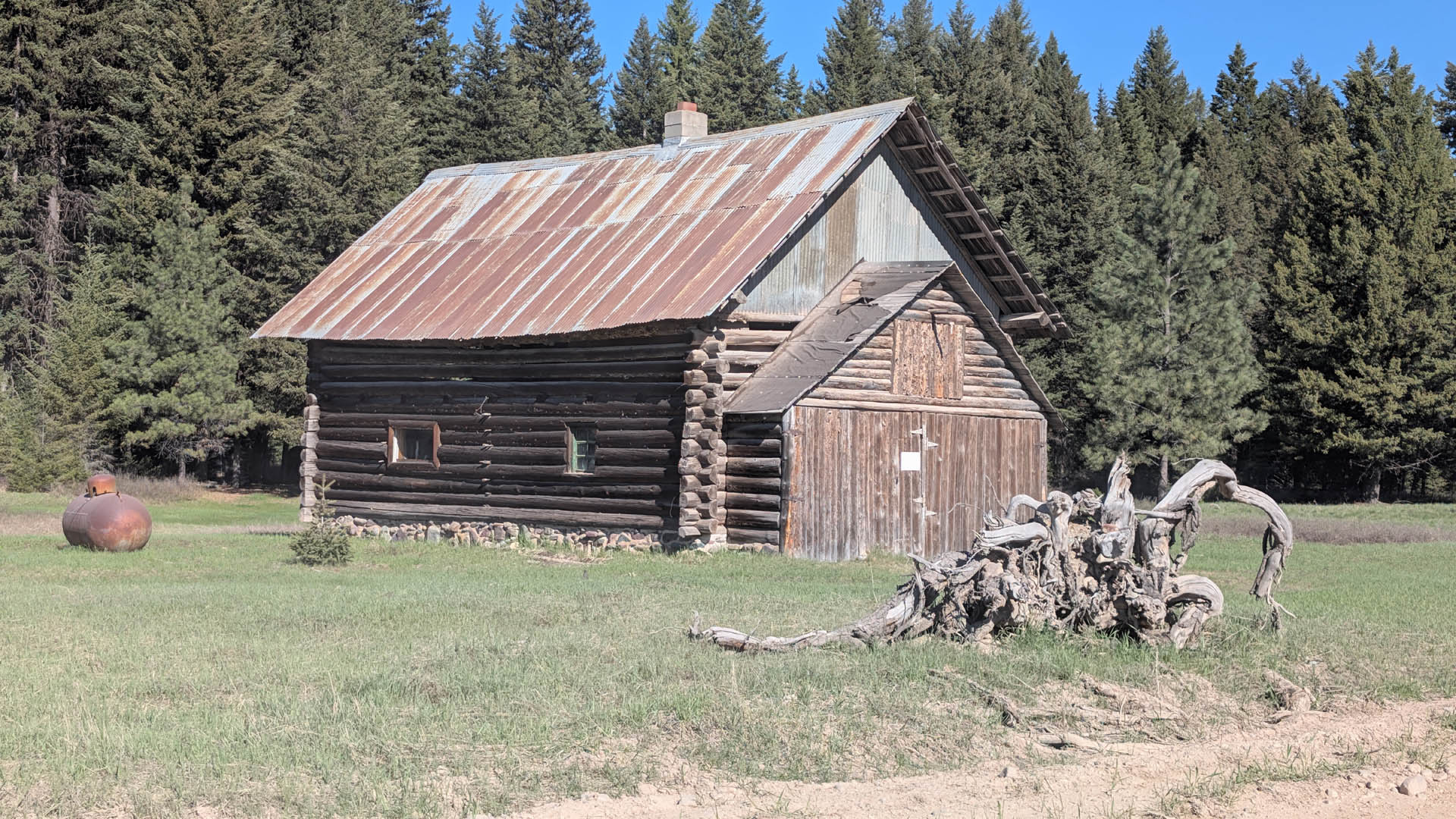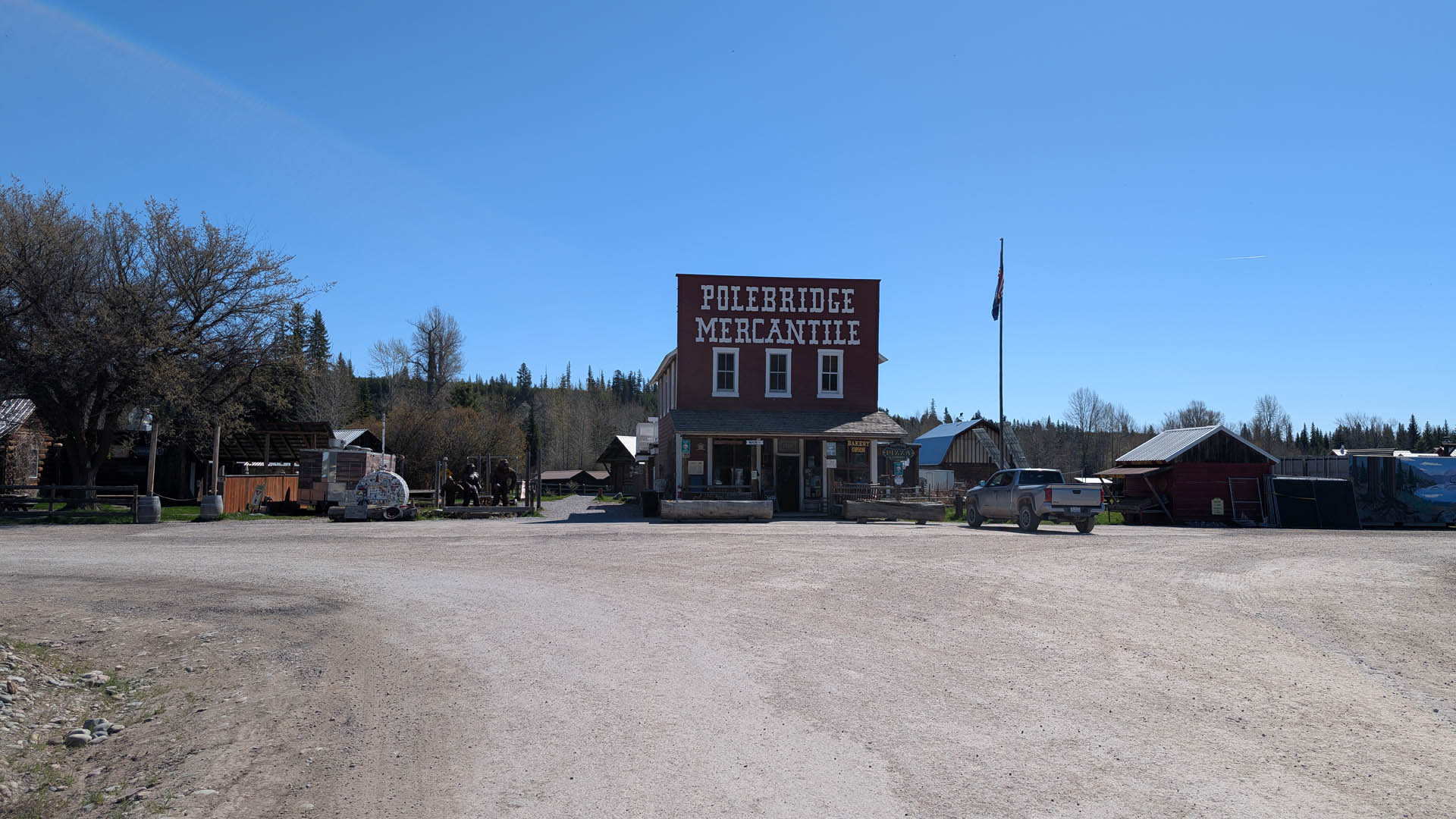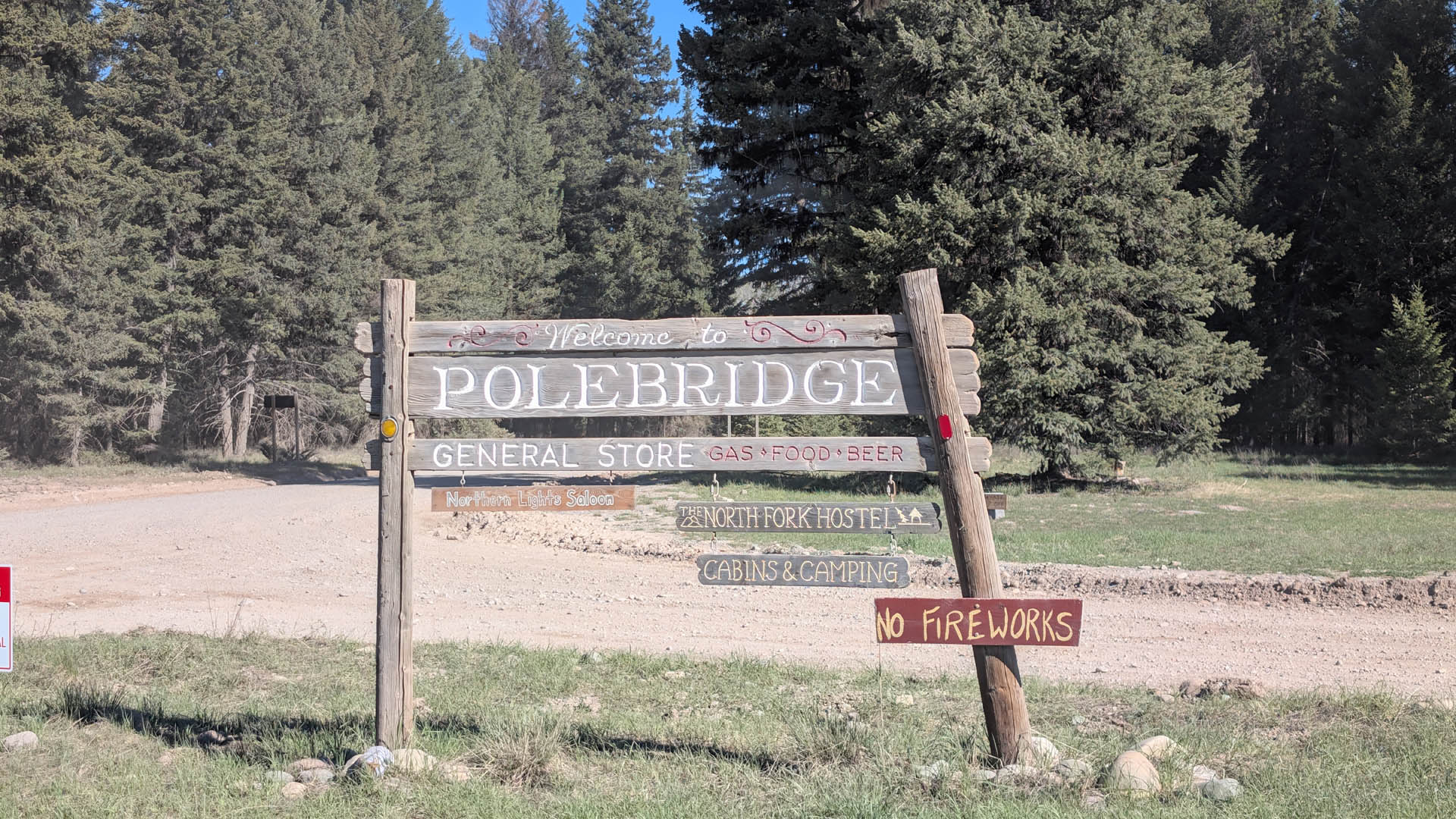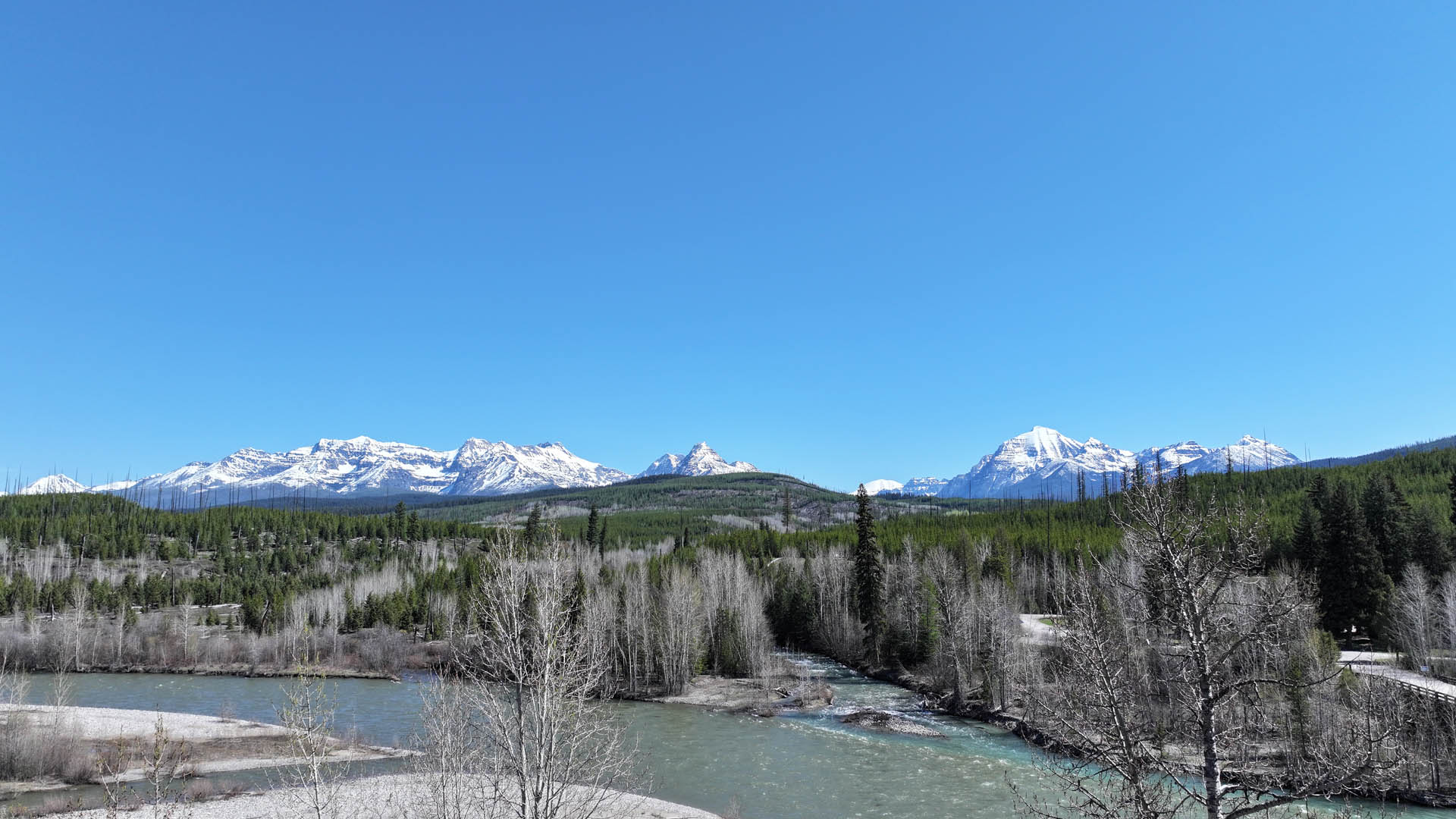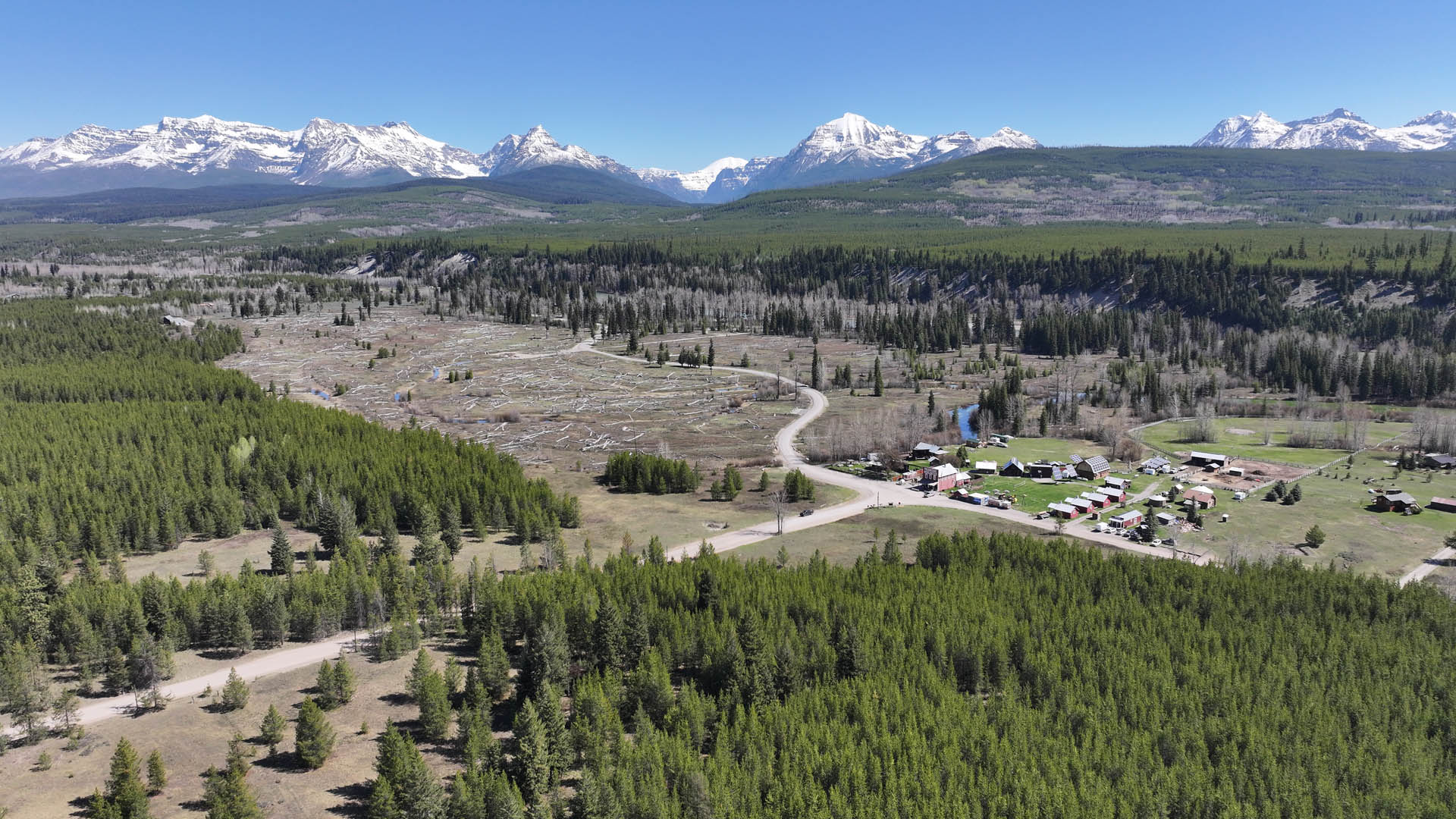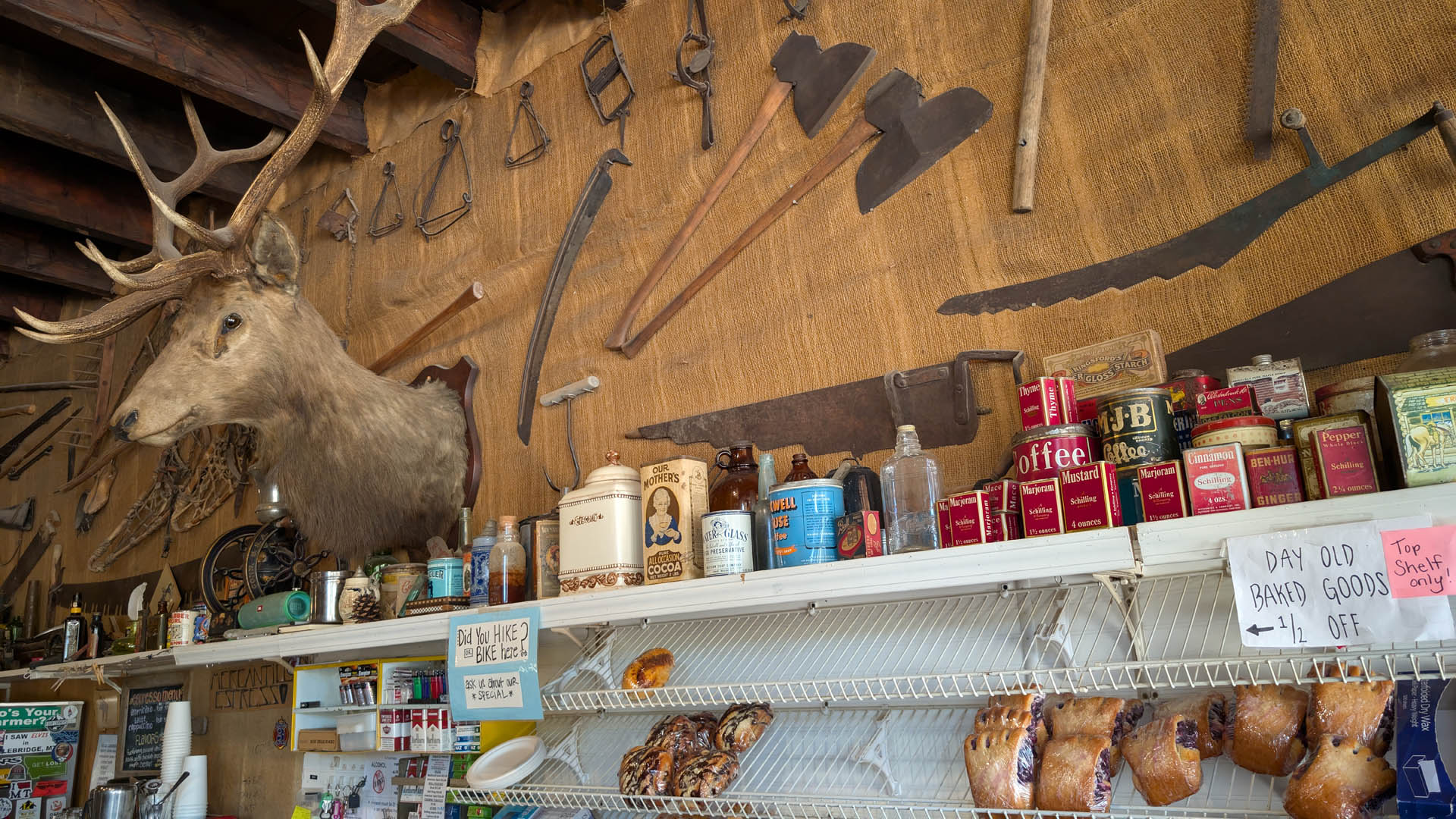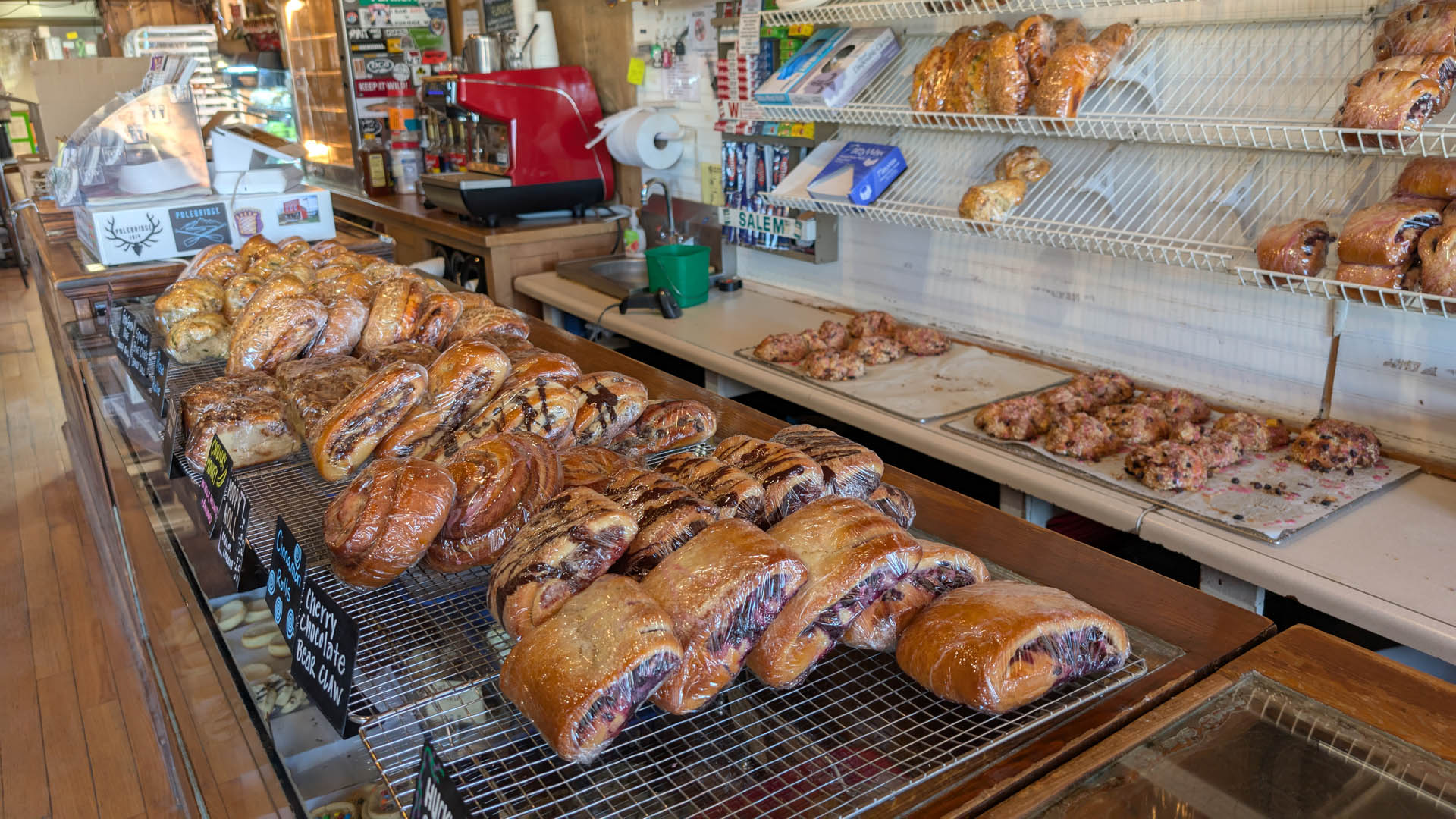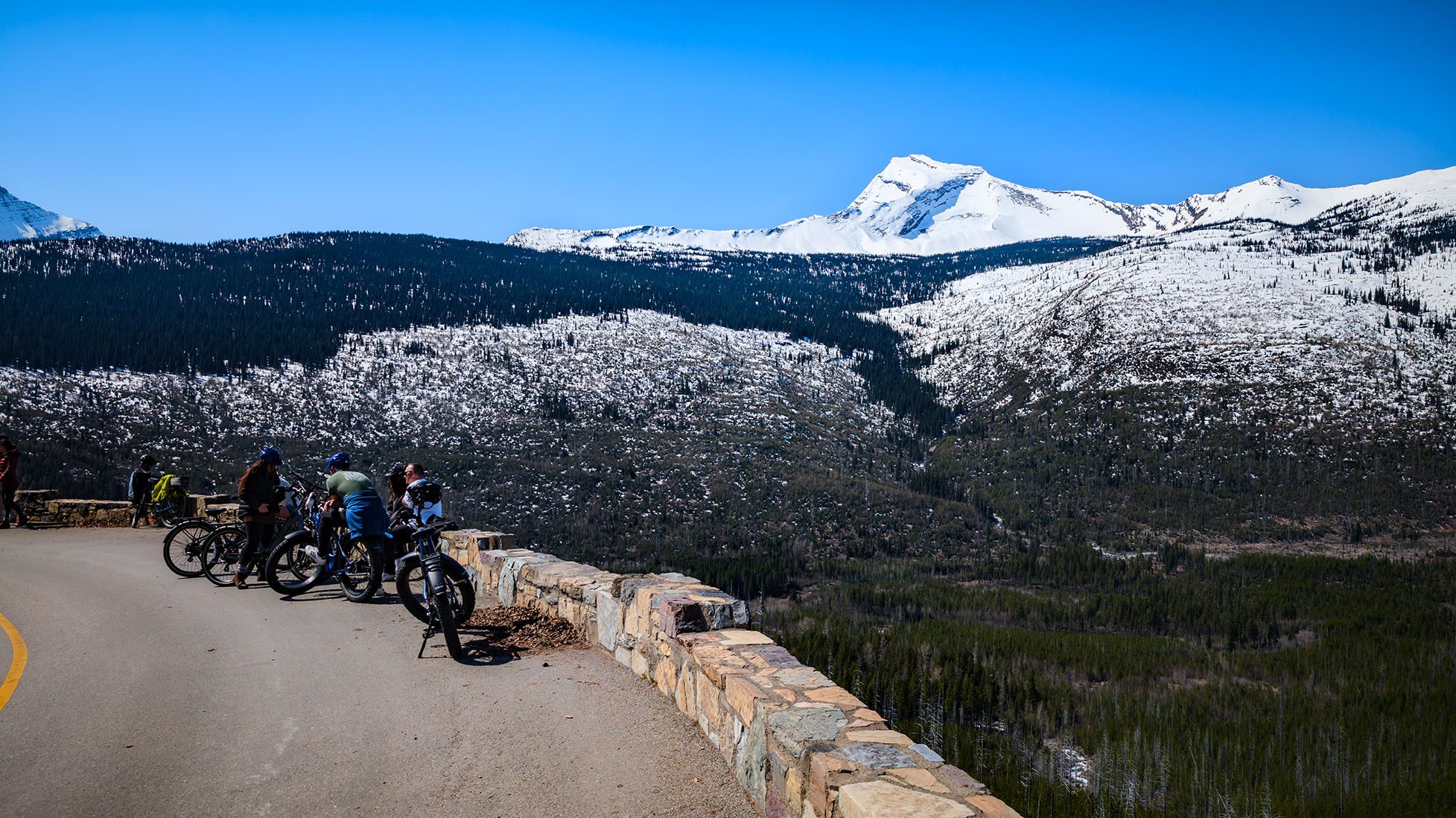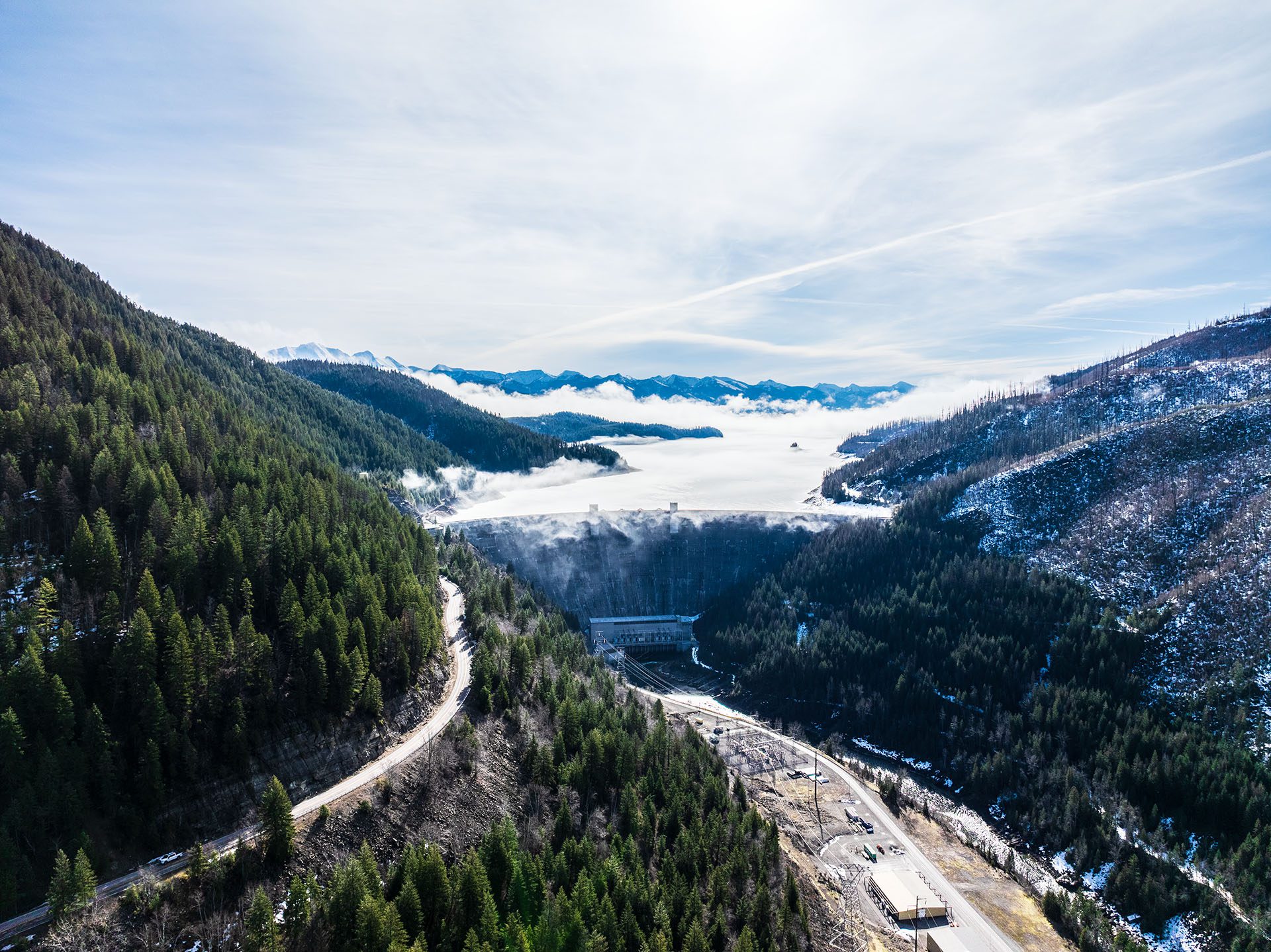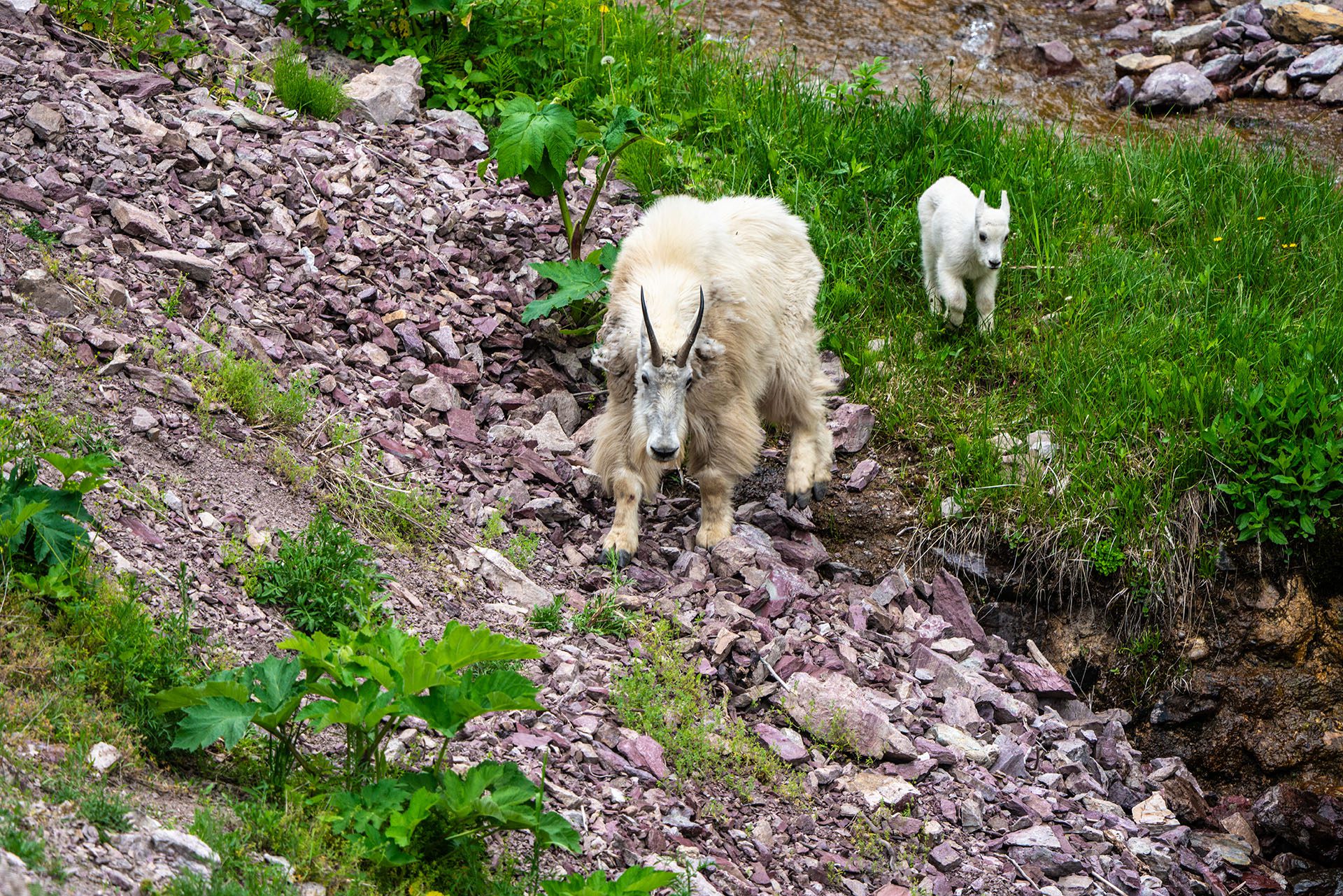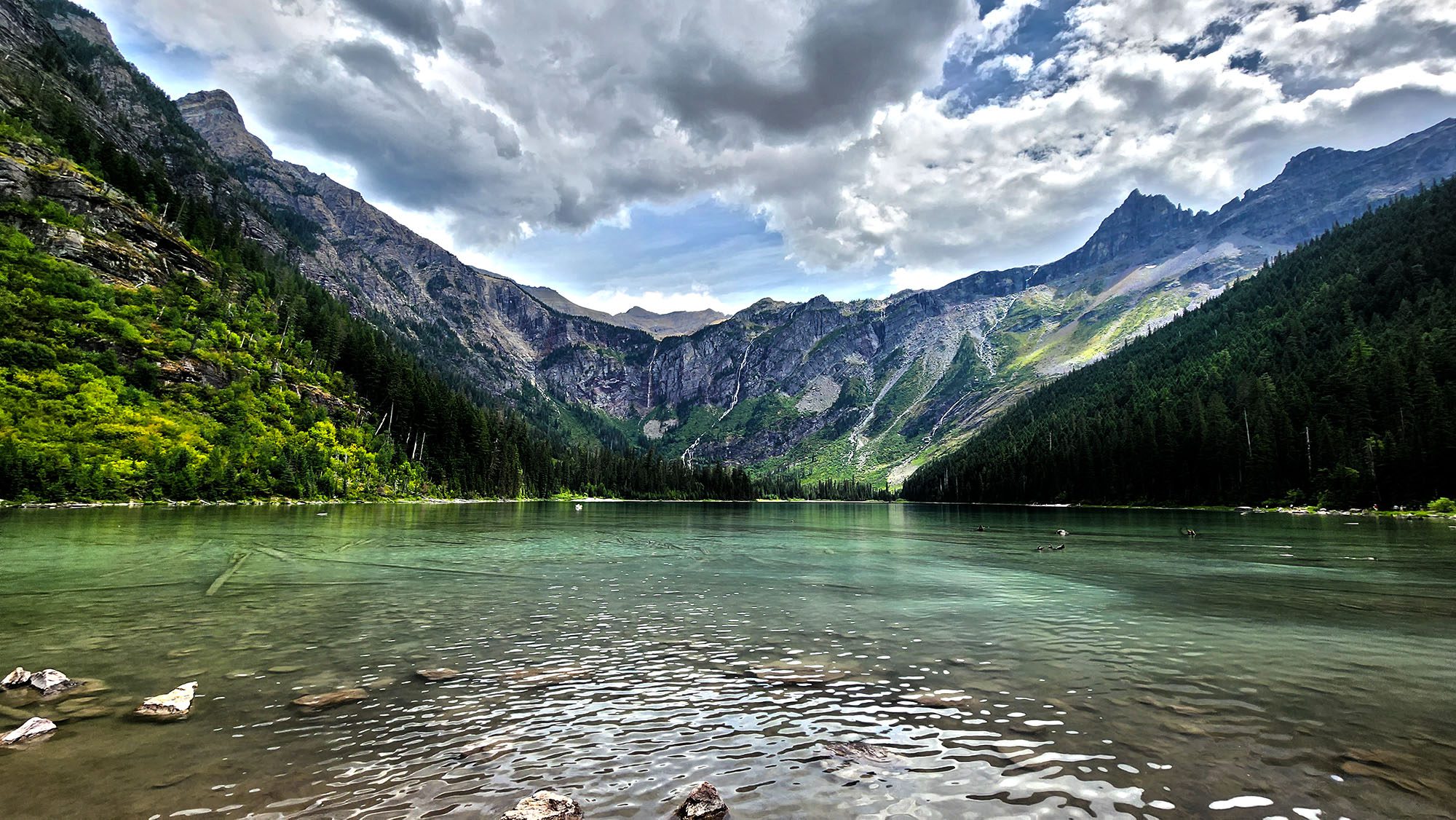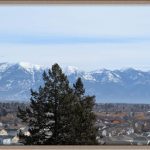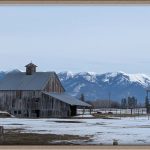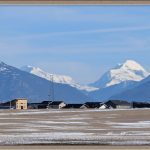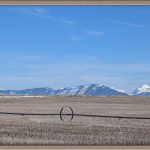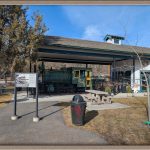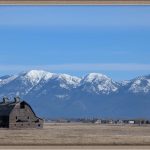❄️ Beyond the Slopes: Your Guide to the Flathead Valley’s Best Snowshoe and Cross-Country Trails
Introduction: Discovering the Quiet Side of Winter
The Flathead Valley is famous for Whitefish Mountain Resort, but for many locals and visitors, the best way to experience a Montana winter is beyond the slopes. If you’re looking for a peaceful, affordable, and incredibly scenic way to enjoy the snow, snowshoeing and cross-country (XC) skiing are your perfect choice. From the iconic silence of Glacier National Park to the local, groomed loops near Kalispell, here is your essential guide to the best winter trails in Northwest Montana.
🏔️ Glacier National Park: Winter Silence and Solitude
Once the Going-to-the-Sun Road closes for the season, the park transforms into an accessible, non-motorized winter wonderland. Be aware that services are limited, and you must check current avalanche conditions and park regulations before setting out.
Lake McDonald Road & Apgar Village
Activity: XC Skiing, Snowshoeing, Winter Walking
Location: West Glacier Entrance
Details: The plowing stops at the Lake McDonald Lodge, leaving miles of vehicle-free road perfect for skate skiing or classic cross-country. For a gentler snowshoe path, explore the trails around Apgar Village, like the Inner North Fork Road.
Pro Tip: Look for animal tracks—this area is a hub for wildlife in the winter.
Two Medicine Valley (East Side)
Activity: Snowshoeing (Intermediate)
Location: East Glacier (Accessible via Hwy 49)
Details: Though remote, the Two Medicine entrance offers stunning, secluded views. The road to the lake is not maintained, so be prepared for a longer, more challenging snowshoe trek. Only attempt with proper gear and preparation.
🎿 Whitefish Area: Groomed Trails for Every Skill Level
The Whitefish community provides excellent options, many of which are regularly groomed by local non-profit groups, making them ideal for high-quality cross-country skiing.
The Whitefish Trail
Activity: XC Skiing, Snowshoeing
Location: Multiple trailheads (e.g., Lion Mountain, Spencer Mountain)
Details: This extensive trail network offers incredible flexibility. Check local grooming reports for up-to-date conditions on loops perfect for skate or classic skiing. Snowshoers can usually enjoy the ungroomed, single-track paths alongside the ski trails.
Glacier Nordic Center
Activity: Dedicated XC Skiing (Lessons and Rentals available)
Location: Adjacent to the Whitefish Lake Golf Course
Details: A premier destination for cross-country skiers, offering 12+ kilometers of professionally groomed trails. This is the best choice for beginners needing rentals or lessons, or advanced skiers seeking quality training loops.
🌲 Kalispell’s Local Gems: Herron Park and Foys to Blacktail
For easy access right outside of Kalispell, these parks offer trails often maintained by local volunteers, making them a favorite for afternoon outings.
Herron Park
Activity: Snowshoeing, XC Skiing
Location: West of Kalispell
Details: A popular multi-use park. The main loops are often track-set for classic skiing after fresh snowfalls. It’s a fantastic spot for a quiet forest outing with rolling hills, perfect for snowshoers looking for a good workout.
Foys to Blacktail Trails
Activity: Snowshoeing (Intermediate/Advanced)
Location: South of Foys Lake
Details: These trails offer higher elevation and more challenging terrain, which often means deeper snow and incredible views of the Flathead Valley. Excellent for those seeking a longer, more strenuous snowshoe hike.
🧤 Essential Gear and Winter Safety Tips for Flathead Trails
Winter adventure in Montana is rewarding, but requires preparation. Be smart and stay safe!
Dress in Layers: Avoid cotton. Use synthetic fabrics or wool to wick away moisture.
Check Conditions: Always check the Flathead Avalanche Center report, especially if traveling in Glacier National Park or high-elevation areas.
Water & Food: Carry more than you think you need. Dehydration is a major risk in cold weather.
Tell Someone: Inform a friend or family member exactly where you are going and when you expect to return.
Dog Friendly: Most National Forest and local trails are dog-friendly, but Glacier National Park does not allow dogs on most winter trails (except the Apgar area roads).
Conclusion
Whether gliding through fresh powder on cross-country skis or crunching silently along a ridge in snowshoes, getting Beyond the Slopes is a quintessential Flathead Valley experience. Grab your gear, enjoy the silence, and discover the true beauty of a Montana winter.
Do you have a favorite hidden trail? Let us know in the comments below!


